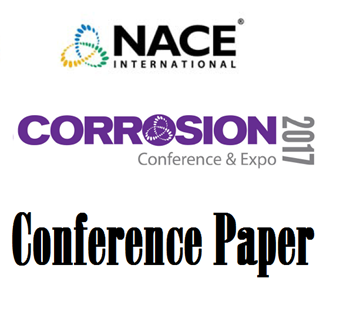Search
11297 Corrosion Fatigue Investigations of CrNiMoN Austenitic Stainless Steels
Also Purchased
08488 Corrosion Fatigue of a CrMnN Stainless Steel
Product Number:
51300-08488-SG
ISBN:
08488 2008 CP
Publication Date:
2008
$20.00
Understanding and Addressing the Challenges of Assessing the Corrosion Fatigue of Metallic Materials
Product Number:
51317--8918-SG
ISBN:
8918 2017 CP
Publication Date:
2017
$20.00
51316-7599-Influence of localized corrosion on the fatigue behaviour of an austenitic stainless steel
Product Number:
51316-7599-SG
ISBN:
7599 2016 CP
Publication Date:
2016
$20.00




